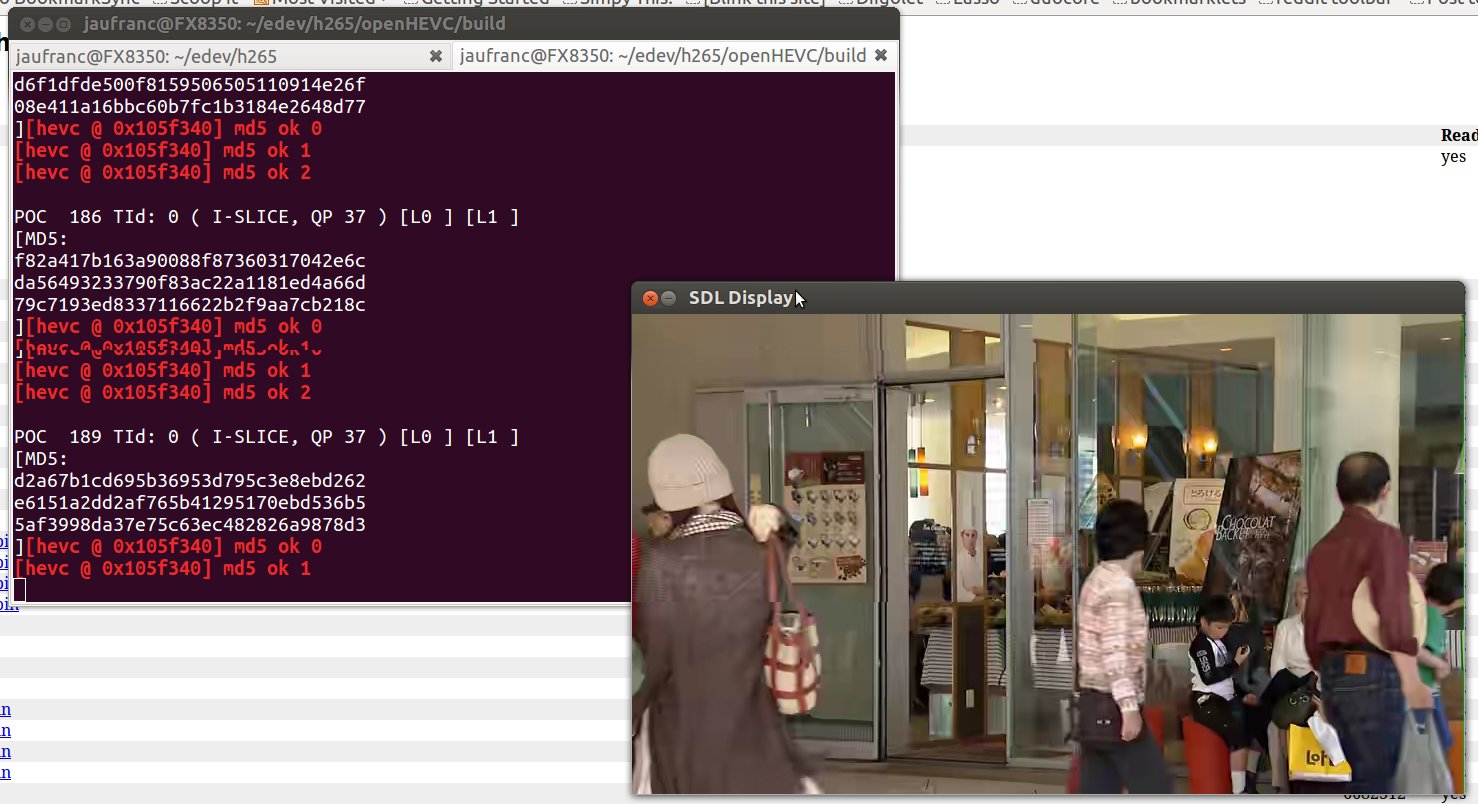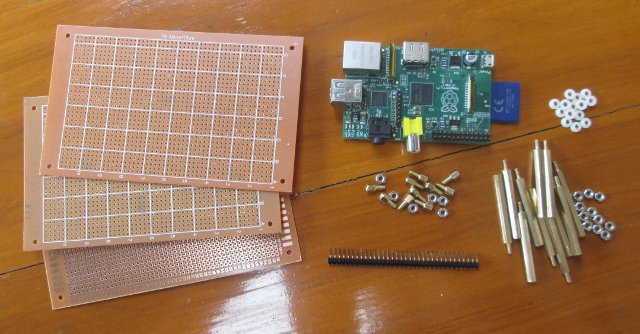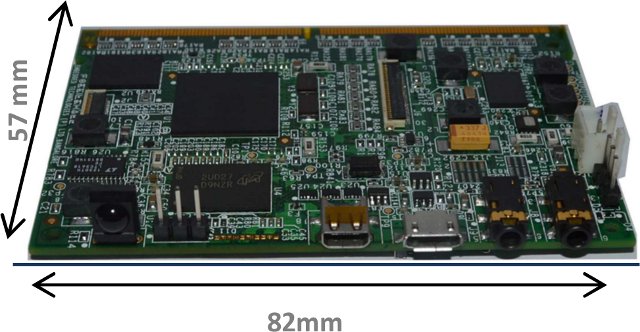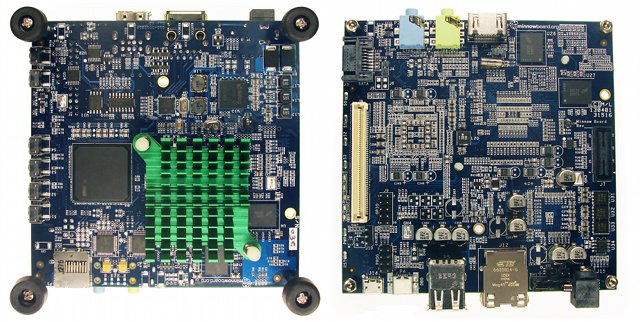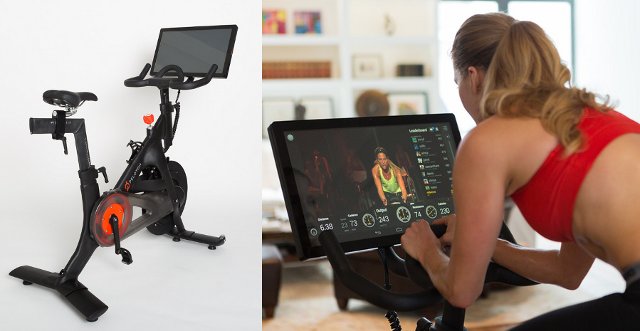I wrote an introduction to H.265 (aka HEVC) at the end of last year, including instructions showing how to encode videos to HEVC using the reference implementation. It worked but since it was not optimized for speed, it was extremely slow. Today I’ve stumbled across openHEVC, a open source compliant HEVC video decoder written in C, created as a fork of Libav. This is supposed to work pretty well as the implementation was used at Roland Garros Tennis tournament to playback an 720p50 HEVC stream transmitted over DVB-T2, IPTV, and MPEG DASH. Today I’ll mainly tried out the instructions provided on openHEVC github repo including: Build the source and playing a raw HEVC stream with hevc utility Build GPAC (open source multimedia framework), to get MP4Box, mp42ts, and MP4Client utilities. Import a raw HEVC stream into MP4 and TS containers, and play it back with GPAC tools. I’ve performed the […]
Cloud Media FreeOTT Player Review
Syabas was a company designing set-top boxes such as Popcorn Hour Media Tank that were relatively popular before the Android media player invasion. The company is now called Cloud Media, and they offer a tiny media player called FreeOTT that connects to their Apps Market and bring online video, Internet radio, social media and other streaming media to your television. The device is free (as in free beer), as it’s not actually available for sale to the general public, and the only ways to get it is to have your ISP or telecom provider set it to you, or win one from the regular giveaways organized by the company. I won one via a giveaway announced on their Facebook page, and I had just to pay $5 (via Paypal) for shipping. The company does not provide detailed specifications for their device but we do know it’s a Linux based media […]
DIY Modular Stripboard / Perfboard Casing for Raspberry Pi (Part 1)
I plan to play around with Bluetooth 4.0 LE in Linux using the Raspberry Pi as an hardware platform together with a small LCD display and possibly a relay board. Instead of having boards spread around, I thought it might be a good idea if I could design a case for my setup. I wanted to be able to connect small external boards and things like LEDs, it had to be easily assembled and disassembled, modular so that I could add or remove circuits easily, and about as cheap as existing “dumb” cases. So I though why not use stripboards (perfboards) for that? I searched the web to find out if other people had the same idea, and could only find one other person, but he does not appear to have completed assembly, nor actually used the stripboards to add hardware features. I decided to give it a try anyway, […]
Lollybot is a $10 Robot Made with a USB Gamepad and Chupa Chups
I attended Barcamp Chiang Mai 6 yesterday, and sessions dealt with a wide range of subjects ranging from SEO and web development to things like nuclear energy, VMAT2 God gene, or Edward Snowden. There were just four talks somewhat related to the subjects I usually write about in this blog: Project Manhattan – An interactive TV infrastructure project for TV operators based on open source libraries (but not open source itself). They provide both back-end software and a mobile app (Android or iOS) for smartphones and set-top boxes. They had an Android set-top box, but unfortunately there was no time for demo. There’s no project website, but the solution is said to be used by horizon-tv.tv (in Russian). A Raspberry Pi session which I could not attend Firefox OS – Keng is the owner of a mobile and web development company called opendream, but he’s also one of the 4 […]
FossilShale FS-DM385-SOM Features TI DaVinci SoC for HD Media applications
FossilShale, an embedded company based in Bangalore, has announced a system-on-module based on Texas Instruments Davinci TMS320DM385 SoC that targets applications high-definition decoding and encoding (up to 1080p60) such as IP Cameras, HD video conferencing endpoints, digital signage, portable medical imaging and diagnostics, or camcorders. It can be used standalone for evaluation, or with a carrier board. FS-DM385-SOM Specifications: SoC – Texas Instruments TMS320DM385F ARM Cortex A8 core @ 1GHz with HDVICP v2 video core handling H.264 BP/MP/HP, MPEG2, VC1, MPEG4 SP/ASP, JPEG/MJPEG encoding and decoding. Memory – 1GB DDR3 Storage – 512MB NAND flash +1x Micro SD/MMC connector (up to 32GB) Audio / Video: 1x HDMI Out (Micro) 1x LCD TFT Interface (24 Bit RGB) 1x Camera Interface (MIPI) 1x Integrated Composite Video In & Audio Line In(Stereo Jack) 1x Integrated Composite Video Out & Audio Line Out(Stereo Jack) Other Interfaces: 1x USB OTG 1x IrDA Accelerometer 1x I2C, 1x SPI […]
$199 Minnowboard is an Open Source Embedded Board Powered By Intel Atom E640 Processor
Minnowboard is a development board designed by Intel’s Open Source Technology Center, powered by Intel Atom E640 processor @ 1GHz with 1GB RAM, SATA2 and Gigabit Ethernet support, and several embedded I/O such as SPI, I2C and CAN, and that ships with Angstrom Linux distribution. Minnoboard Specifications: Processor – Intel Atom E640 @ 1GHz (32bit) Chipset – EG20T Intel Platform Controller Hub GPU – Integrated Intel Graphics Media Accelerator (GMA) 600 System Memory – 1 GB DDR2 RAM Storage – 4 MB SPI Flash (for Firmware), micro SD card slot and SATA Video Output – SDVO to DVI (over HDMI connector) Audio – 1/8″ (3.5mm??) jack line Input and Output I/O: 1x SATA2 3Gb/sec 2x USB host ports + 1x micro USB device 1x Serial debug via Serial (UART 0) to USB conversion (mini-USB-B port) 10/100/1000 Ethernet PCI Express Expansions: 8x Buffered GPIO pins 2x GPIO controlled LEDs 4x GPIO […]
Android Now Comes to Exercise Bikes thanks to The Peloton Bike
Beyond smartphones and tablets, Android is now running in a number of others devices such as cars, watches, set-top boxes and more, but Android should soon enter the gym, or rather bring the gym to your home, with the Peloton Bike, an exercise bike that comes with a 21.5″ touchscreen powered by Texas Instruments OMAP4 and running Android 4.1. Here are Peloton bike panel’s specifications: SoC – Texax Instruments OMAP 4470 dual-core Cortex A9 @ 1.5GHz System Memory – 1GB RAM Storage – 16GB internal flash Display – 21.5″ PCAP (projected capacitive) multitouch display (1080p resolution). Sweat resistant. Connectivity: 802.11 b/g/n Wi-Fi ANT+ wireless Bluetooth 4.0 10/100 Ethernet Audio – 3.5mm TRRS headphone and mic jack, 2x 3 watt stereo speakers Camera – 1.3MP front camera Misc – Peloton Cycle data connector as well as the key features of the bike itself: Carbon steel and aluminum monocoque frame Neodymium rare […]
Xiph Daala Codec Aims to Better H.265/HEVC Video Codec
H.265 (aka HEVC) video codec will eventually supplement H.264 over the years as it offers better compression at the same bitrate, or better quality for the same compression ratio. There’s a already some experimental implementation that allows to (slowly) decode and encode H.265 on your PC, as well as some HEVC implementations optimized for ARM SoCs. At least two other codecs aim to compete against, and better, HEVC: Google VP9, and Daala codec (temporary codename) developed by Xiph.org, the open source community that brought Vorbis or Theora open source codecs to the world. The Xiph developers explains that next generation codecs such as VP9 and HEVC are incremental improvement of codec designs using DCT (Discrete Cosine Transform) that have been used for years, and they’ve decided to take a new approach with lapped transforms, a technique that is also used in audio codecs such as MP3 and Vorbis. Lots of […]


